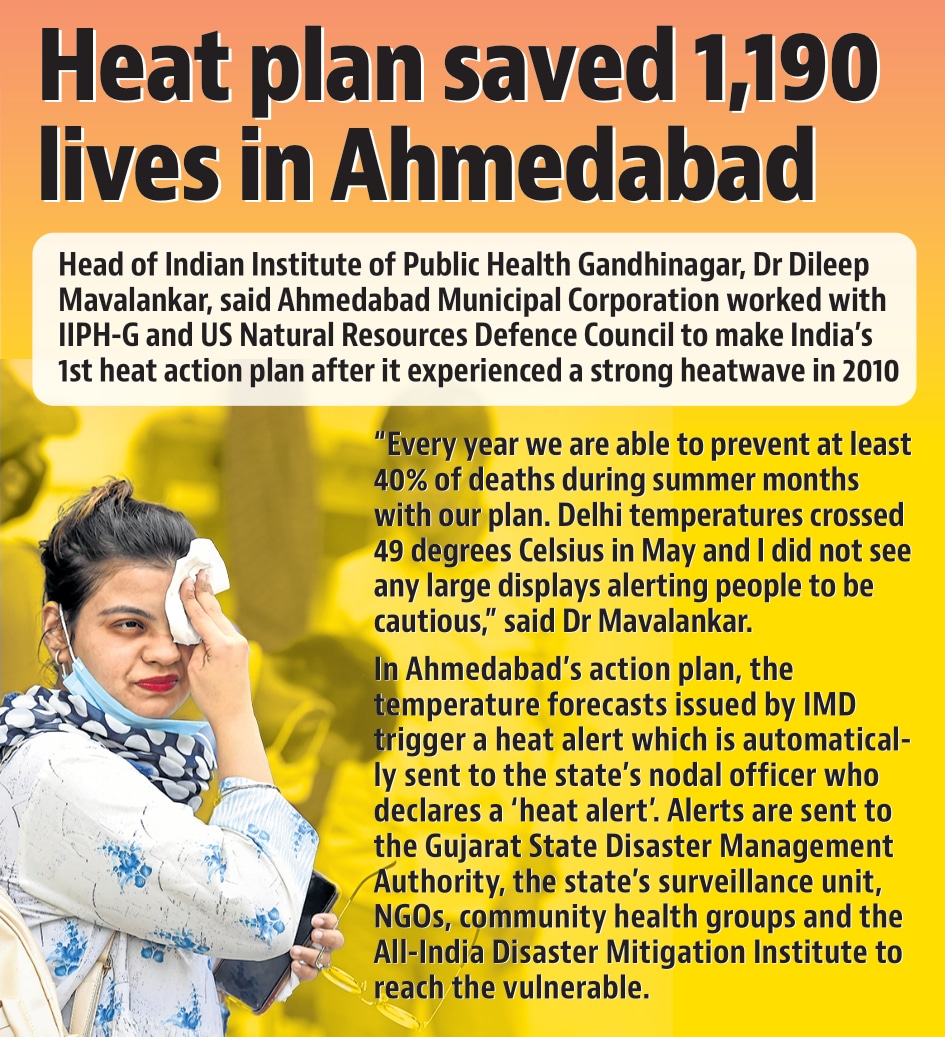| The crime, the Covid, the politics and the potholes: Capital Letters — Keeping track of Delhi's week, one beat at a time, through the eyes and words of HT's My Delhi section, with all the perspective, context and analysis you need. Good morning! Just a couple of editions ago, we were moaning about the heat in Delhi. Not without reason. The weather was oppressive, sapping and looked set to smash all sorts of records. Then, it rained. And as we know, of course - when it rains (especially in Delhi), it pours. Violent winds, nearly 75km/h strong, and a sudden spell of rain on Monday morning caught the Capital entirely by surprise. Yes, it did push temperatures down quite dramatically (between 5.40am and 7am, the temperature dropped 11 degrees), but it also quite brutally exposed the Capital's several infrastructural inadequacies at tackling even routine spells of rain, let alone the extreme bouts that have plagued Delhi over the past couple of years (with the climate crisis playing no small part). Crucial stretches were flooded, several trees were uprooted, and a whole host of flights were either delayed or diverted, as authorities scrambled to contend with the rain that sent the city's rain for May from a deficit to a surplus quite literally overnight. It was the first time in three months that Delhi has seen excess rain, with the Capital recording a rain deficit in March and April. Safdarjung, the city's base weather station, got 12.3mm of rain between 5.30am and 8.30am on Monday. For instance, why is the Mayur Vihar station often Delhi's coolest but Sports Complex the hottest, despite both being in the eastern part of the city? It's because the former station is installed in a school that has plenty of natural cover and neighbours the Smriti Van forest. But the rain wasn't nearly enough to have the sort of impact on everyday life that it did, and emphasises the need for Delhi to accept that inclement, unpredictable weather is now par for the course and reorient its action plans accordingly. Here's what HT's Jasjeev Gandhiok and Paras Singh wrote: "Experts said that with weather patterns becoming increasingly erratic, and the possibility of a heavy rain day at any time of the year now a reality, the annual exercise of so-called pre-monsoon preparations should make way for year-long activity to spruce up the city's drainage networks, public health-related drives, and emergency responses." Rain or shine, both a problem for Delhi The city has rallied through 24 heatwaves since March. Each has been worse than the last (naturally), with record temperatures in some of the city's outskirts. Delhi is, as everybody knows, no stranger to the heat, especially in the brutal summer months - April, May and June. Even then, the national capital has no concrete plan to tackle the heat, prevent illnesses and generally soften the blow for groups that face the brunt of the summer. Further, Delhi still doesn't have a heat index to assess the actual impact of extremely high temperatures and excess humidity on people's health. An action plan would incorporate early temperature warning systems, techniques to prevent vulnerable groups from exposure to the heat, apart from long-term mitigation plans. This is especially important because, as an HT analysis showed, over 49% of workers in India work outdoors, "irrespective of how hot it might be". For more, sample this piece from the ground on the struggles that Delhi's unflinching outdoor workers face every day. "Every day's wage counts. Summers are usually harsh, but we have never seen such an intense heat," said Rajkumar Singh, a sanitation worker. Daily wage workers, sanitation staff, traffic police personnel, delivery service executives, parking attendants, and street vendors are still working, with few breaks and lesser protection.  (Click to expand) State government officials confirmed that while the state's work-in-progress climate action plan has touched upon the impact of climate change on extreme weather events, it does not currently include an early warning system, or an action plan on what to do when temperatures rise beyond a certain level. Contrast this with the city's pollution action plan, which though beset by administrative shortcomings, at least provides some sort of action framework for authorities and awareness for residents. Why is it important that Delhi puts such actions in place? A hint: the climate crisis. For one, Delhi is among 23 states/Union territories identified by IMD and National Disaster Management Authority as being prone to heatwaves and which need state-level heat action plans. |